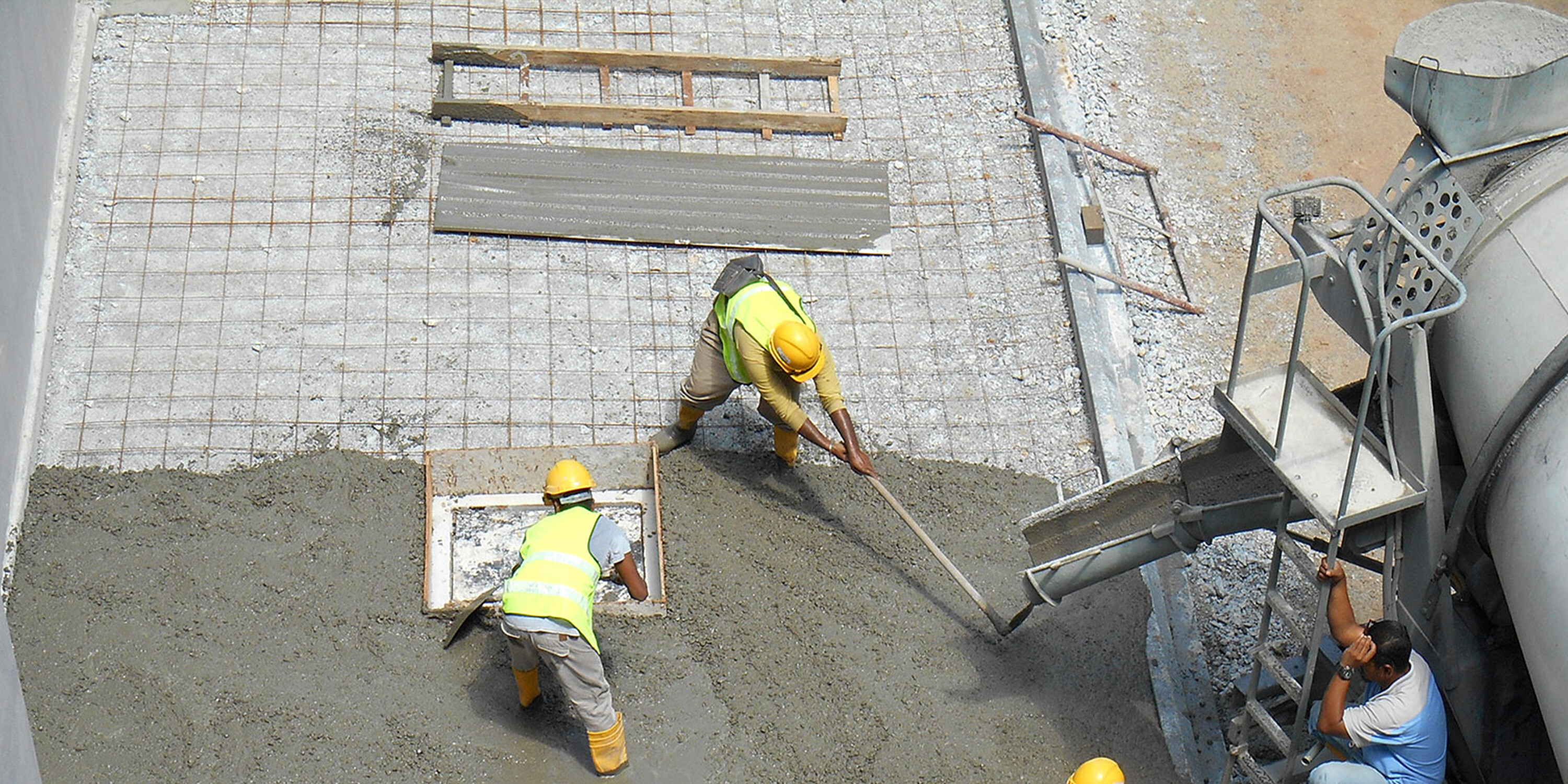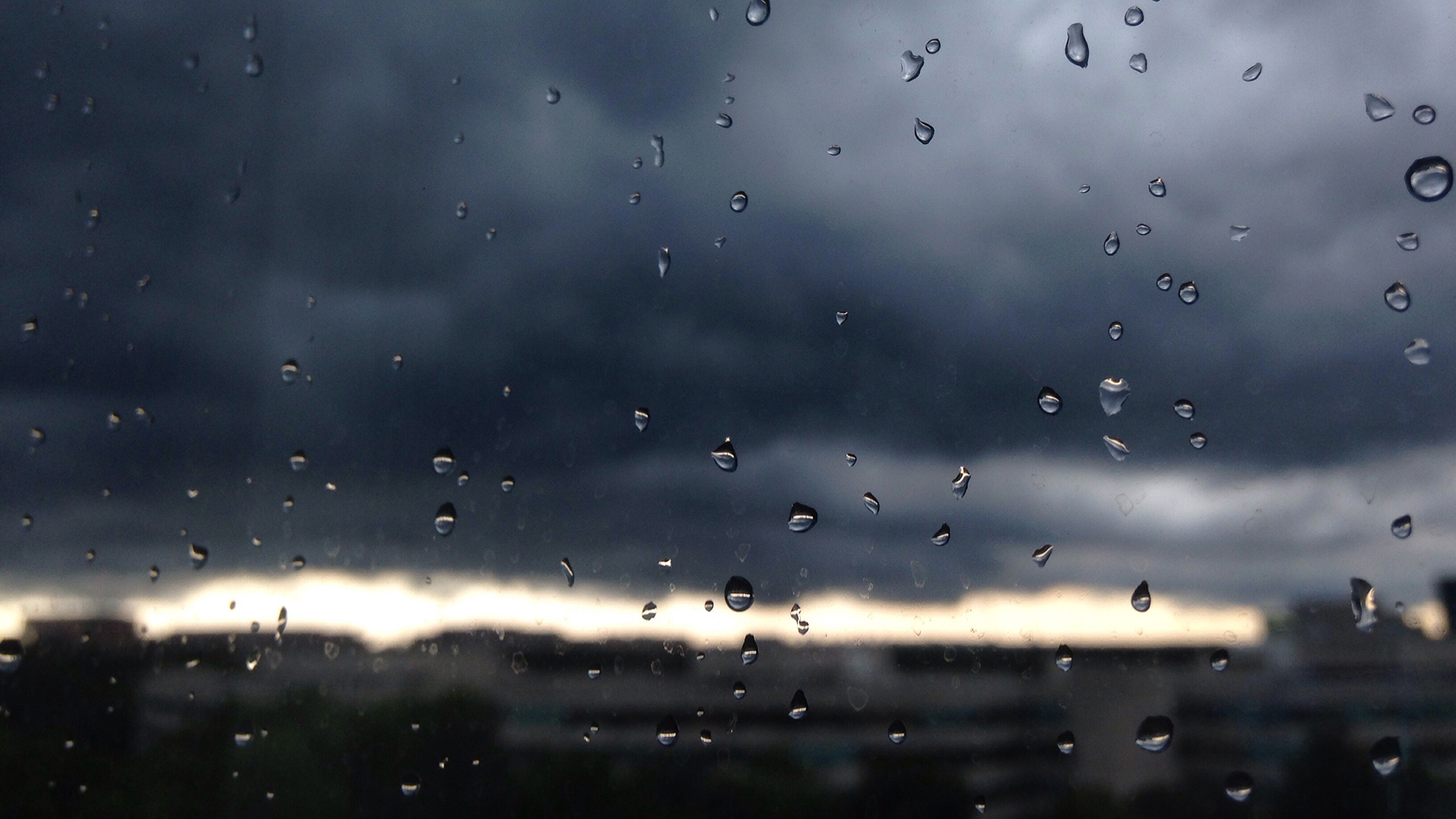Facility Maintenance | June 26, 2024
The Heat is On: Strategies for Concrete Pavement Longevity Amid Extreme Weather
This is the first in a series of pavement-related pieces that can keep Facilities Management on top of seasonal concerns with asphalt and concrete.
For many building owners and operators, pavement represents a significant property, plant, and equipment (PP&E) line item on the balance sheet.
Unfortunately, Pavements are susceptible to inherent issues due to freeze/thaw cycles, where the interplay of water, temperature fluctuations, and existing cracks can lead to imminent problems.
However, what challenges does extended heat pose for your concrete pavement system?
Concrete Blow-Ups
The term “blow-ups” might seem exaggerated, but it describes significant upward distortions or “tenting” at a joint. Such occurrences are possible in older pavement systems and can happen in any aging concrete pavement lacking proper maintenance.
The reasons behind these distortions vary, but they often involve non-compressible materials entering joints or cracks, which hinders the pavement’s ability to expand. Then, during extended periods of intense heat—typically above 90°F—and often following weather events with sustained moisture, like early summer rains, the pavement can buckle, resulting in the effect depicted here.

How common are blow-ups, and how can they be prevented?
Concrete systems over 10-15 years old have a heightened risk of experiencing blow-ups.
To mitigate this risk, two critical considerations come into play:
- Ensure your pavement system incorporates expansion joints at intervals suitable for their use (e.g., sidewalks, parking lots, roadways).
- Keep these joints and pavement cracks devoid of non-compressible materials, such as small stones or sand.
Clear joints and cracks can be maintained by sealing them. The frequency of sealing joints should range from every 5-15 years, depending on the sealant type.
Concrete Pavement Construction
When constructing a new concrete pavement system or undertaking significant repairs on an existing one, the concern during prolonged hot weather is the proper management, placement, finishing, and, crucially, concrete curing.
In North America, hot weather construction issues typically arise in the summer. Still, any region experiencing high temperatures, low humidity, UV exposure, and even strong winds can face challenges with curing concrete.
Such conditions lead to a swift evaporation rate of moisture from the concrete surface, hastening the setting time and diminishing the concrete’s strength.
While contractors should be cognizant of these issues, monitoring the weather when planning concrete projects is advisable.
Higher temperatures increase the water requirement, which raises the water-cement ratio, potentially reducing the concrete’s strength over time.
The Bottom Line
It’s always prudent to maintain your pavement. Cleaning and sealing joints and cracks with the appropriate sealant can prevent blow-ups and other issues, such as faulting due to water seeping into the subgrade/base.
Scheduling concrete construction projects during weather conditions favorable to long-term success is also wise.
Consult the Experts
Don’t navigate these decisions solo. Even training your maintenance team to clean and seal joints may require additional assistance.
Before initiating a pavement maintenance program or planning construction, consult a pavement expert like Mantis Innovation. These specialists can guide you to perform the right tasks at the optimal time for the best value, ensuring your efforts don’t “blow up” for you.
We’ll be back with more pavement insights after the July 4 holiday. Stay tuned!
Related Posts
Discover more content and insights from Mantis Innovation

How Your Pavement Can Reduce Trip, Fall, & Slip Claims
This is the third and final installment in a series of pavement-related pieces that can keep Facilities Management on top of seasonal concerns with asphalt and concrete. While building owners and

Concrete Curing 101: Understanding a Critical Step in Your Pavement Projects
This is the second in a series of pavement-related pieces that can keep Facilities Management on top of seasonal concerns with asphalt and concrete. While building owners and operators are

Maximizing Energy Efficiency: A Blueprint for Reducing Energy Usage
For organizations, optimizing energy usage brings an array of benefits, from reducing operational costs to having a positive impact along your sustainability journey. Mantis Innovation understands

Roof Tips for Severe Weather Season: Before & After
As an independent roofing consultant specializing in planning and managing roofing construction projects for commercial building owners and operators, I cannot stress enough the importance of